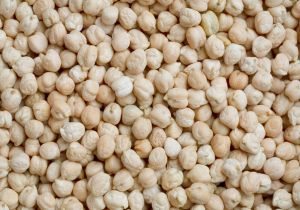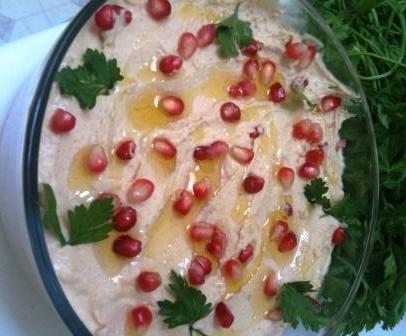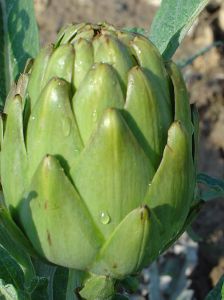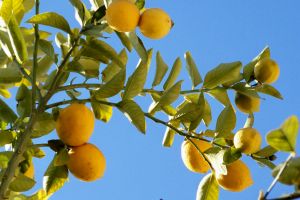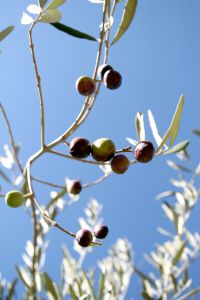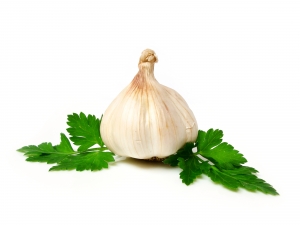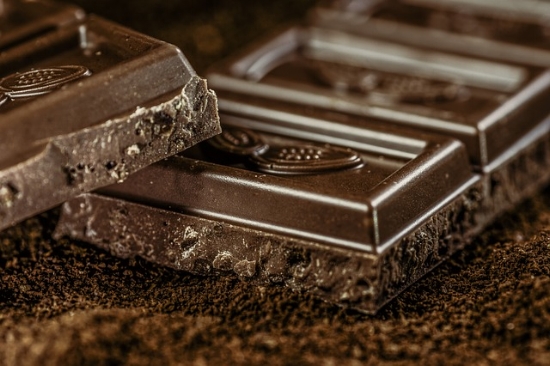Once upon a time there was a tall, slender green plant called a Dandelion. Its name came from 'Dent-de-lion' which means lion's tooth in French. This is due to its jagged edged leaves.
 Unfortunately, when you say 'Dandelion' many people think of the tiny yellow flowers and the stemmed puffs of white wispy hairs that crop up in their lawns, disturbing the otherwise monotonous green blanket of grass. It is treated like an unwelcome visitor, annoying and over-staying its welcome.
Unfortunately, when you say 'Dandelion' many people think of the tiny yellow flowers and the stemmed puffs of white wispy hairs that crop up in their lawns, disturbing the otherwise monotonous green blanket of grass. It is treated like an unwelcome visitor, annoying and over-staying its welcome.

Aaah, if they only knew who this disguised visitor really was, not only would they welcome it, they would shove the grass over to make permanent space for it!
As David Beaulieu said; "The war on lawn weeds in general -- not just dandelions -- is based on the notion that "the lawn is meant to showcase the diligence of the person who owns it. According to this view, lawns should be uniformly composed of grass, with no "intruders" permitted.
But others would argue that dandelions bear rather attractive flowers, whose yellow hue complements a green lawn nicely. "While the flower isn't bad," perhaps you object, "the seed head that succeeds it is unsightly." Even so, there are easy ways to minimize the impact of dandelions on the lawn, as long as you're willing to show some tolerance toward their presence. One way is to pluck the flowers as they appear. Another is to eat your weed problems away! "
Unveiling the Dandelion
The Dandelion, Taraxacum officinale, which means the "Official Remedy for Disorders", is so well-respected, in fact, that it appears in the U.S. National Formulatory, and in the Pharmacopeias of Hungary, Poland, Switzerland, and the Soviet Union. It is one of the top 6 herbs in the Chinese herbal medicine chest.
According to the USDA Bulletin #8, "Composition of Foods" (Haytowitz and Matthews 1984), dandelions rank in the top 4 green vegetables in overall nutritional value. According to data, dandelions are nature's richest green vegetable source of beta-carotene, from which Vitamin A is created, and the third richest source of Vitamin A of all foods, after cod-liver oil and beef liver! They also are particularly rich in fiber, potassium, iron, calcium, magnesium, phosphorus and the B vitamins, thiamine and riboflavin, and are a good source of protein.
This perennial has been known since ancient times for its curative properties and has been used for the treatment of various ailments such as infections, bile and liver problems, some cancers, dyspepsia, heartburn, spleen and liver complaints, hepatitis and anorexia. However, its use has mainly been based on empirical findings. There is evidence to suggest it may have anti-inflammatory effects and assist with urinary tract infections in women.
Note: Due to its high potassium level, dandelion may increase the risk of hyperkalemia when taken with potassium-sparing diuretics.
The Plea
Now will you let it hang out in your yard? Ok then, here's yet another reason...It's DELICIOUS!!
Sautéed with garlic, cilantro and lemon it beats Spinach in flavor...and used in salads it adds a nice slightly bitter 'edge', much like escarole.
The following is my favorite Dandelion Greens Salad...it's quick and simple to prepare.'

Hoda's Simple Dandelion Salad
- 4 cups chopped organic Dandelion leaves
- 1/2 Red Onion, chopped fine
- 2 Tbs. Lemon Juice
- 2 Tbs. virgin Olive Oil
- 1/4 tsp. salt
- 1/4 tsp. cumin (opt)
Combine all in a deep bowl, toss well and serve.

~ Compliments whole grain, lentil and bean dishes. Also good with roasted chicken. ♥
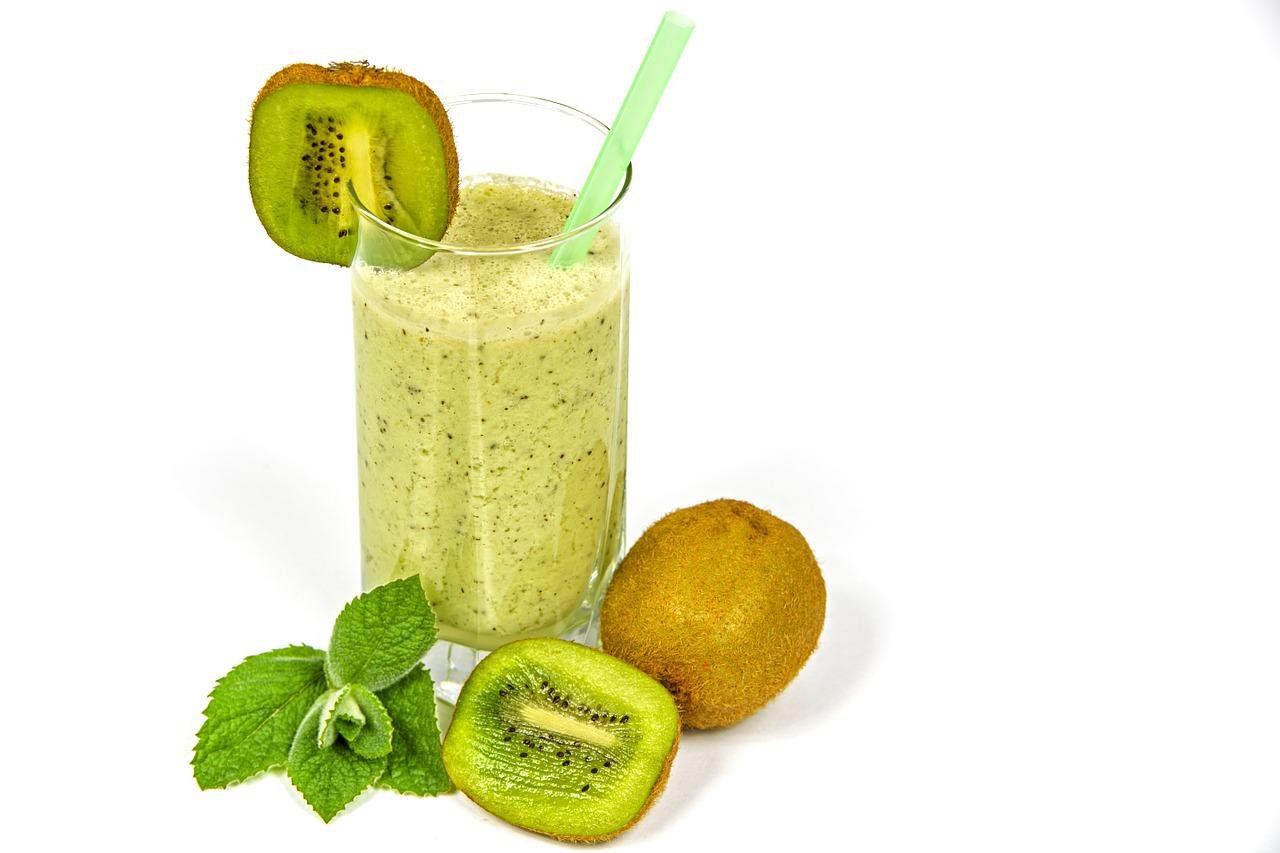



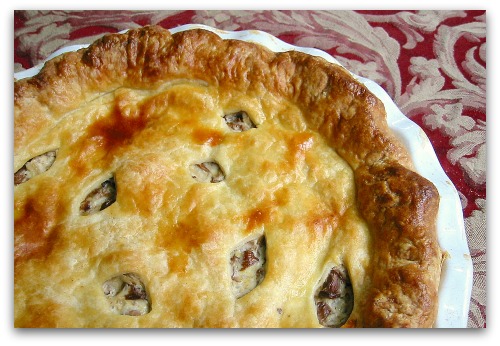 photo credit: http://www.tallcloverfarm.com
photo credit: http://www.tallcloverfarm.com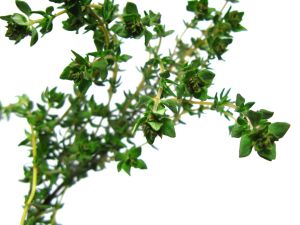







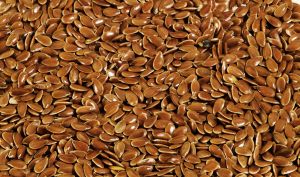 It decreases the inflammatory compounds that favor cancer development and suppress the immune system.
It decreases the inflammatory compounds that favor cancer development and suppress the immune system.

